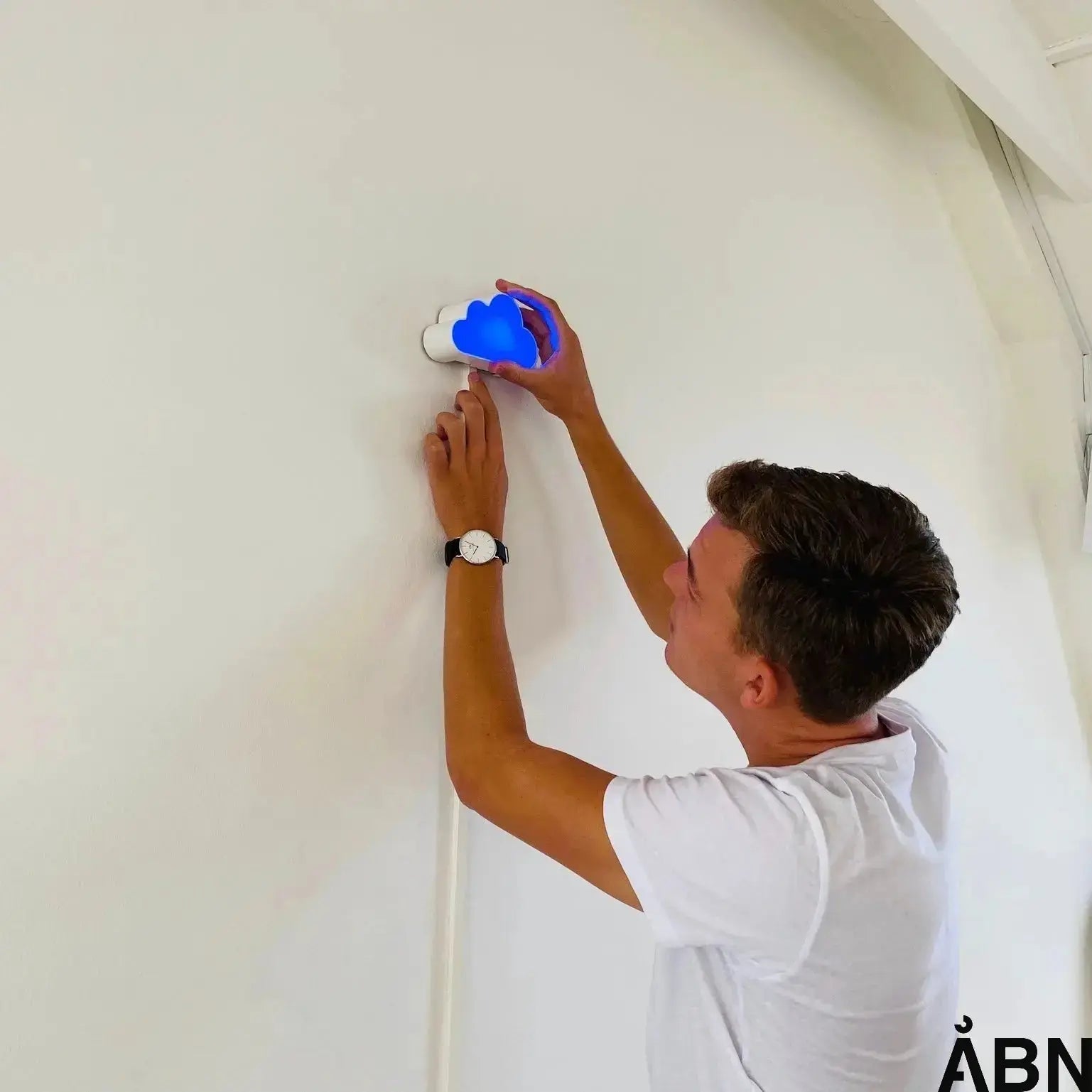Imagine sitting in a classroom or office. With every breath you take, a fascinating process occurs: You inhale the air around you and exhale carbon dioxide (CO₂). This is a completely natural part of our breathing, but in enclosed spaces it can have a major impact on our well-being and ability to perform.
The natural balance
In fresh outdoor air, CO₂ concentrations are typically around 400 parts per million (ppm). This level has been the natural starting point for thousands of years, although it has increased slightly in modern times due to industrialization. When we are indoors, our exhalations contribute to significantly increasing this concentration.
How is CO₂ formed indoors?
Every time we exhale, we release approximately 4% CO₂. In a closed room with several people, the CO₂ level therefore gradually increases. A typical classroom with 25 students can see an increase from 400 ppm to over 2000 ppm during just one lesson if there is no ventilation. This happens because:
-
Each person exhales approximately 20 liters of CO₂ per hour during sedentary activity
-
The more people in the room, the faster the concentration increases
-
The smaller the space, the faster CO₂ accumulates.
-
Physical activity significantly increases the exhalation of CO₂
CO₂ as an indicator of air quality
CO₂ levels are not just interesting in themselves - they act as an important indicator of the overall air quality indoors. When CO₂ levels rise, it is a sign that:
-
The air is not being replaced quickly enough for the number of people in the room.
-
Other pollutants such as particles, bacteria and viruses can also accumulate
-
There may be a need to improve ventilation
The body's reaction to elevated CO₂
Our bodies are sensitive to changes in CO₂ concentration. As levels rise, we may experience various symptoms:
- At 1000 ppm, some people begin to feel slight discomfort
- At 1500 ppm you may experience headaches and difficulty concentrating.
- Above 2000 ppm, most people experience fatigue and reduced performance.
The interesting thing is that we often don't consciously register that CO₂ levels have increased. We gradually get used to the heavier air, but our bodies and brains are still negatively affected.
The modern challenge
In our efforts to save heat and build energy efficiently, we have created very tight buildings. This is good for the heating bill, but places greater demands on active ventilation. This can be a challenge, especially in older school buildings and offices, as they were originally designed to "breathe" more through leaks in the construction.
Measuring CO₂
To ensure a good indoor climate, it is important to be able to measure CO₂ levels continuously. Modern sensors like SKYEN can provide accurate measurements in real time and help identify when airing or increased ventilation is needed.
Importance for public health
Poor air quality with high CO₂ levels is not just a comfort issue. It has significant societal consequences:
- Reduced learning ability in schools affects the level of education
- Reduced work capacity in offices has financial consequences
- Increased sick leave due to headaches and difficulty concentrating
The path to a better indoor climate
Understanding the role of CO₂ in indoor climate is the first step towards improvement. By being aware of CO₂ levels and acting proactively, we can create healthier indoor environments where people thrive and perform better.
Sources:
- The Danish Working Environment Authority's guidance on indoor climate (AT guidance A.1.2)
- Technical University of Denmark - Center for Indoor Climate and Energy
- Realdania - "Indoor climate in schools"
- Building Regulations 2018 (BR18)
This article has been prepared as part of ÅBN's knowledge articles on indoor climate in Denmark, based on the latest research and current regulations. Please report any errors or misinterpretations to ÅBN ApS by email. hello@aabn.io









